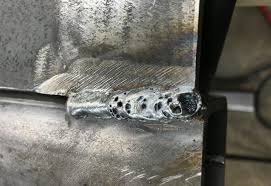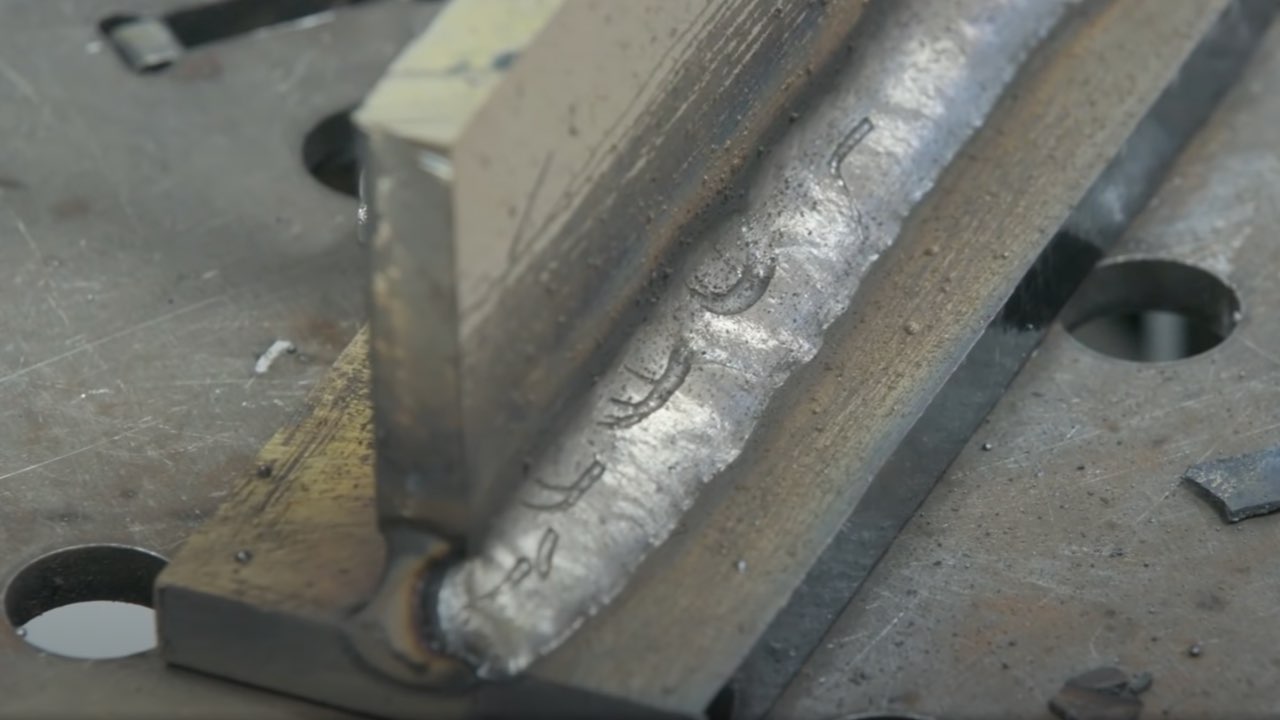What is Porosity in Welding: Usual Resources and Effective Treatments
Wiki Article
The Scientific Research Behind Porosity: A Comprehensive Overview for Welders and Fabricators
Recognizing the complex mechanisms behind porosity in welding is vital for welders and producers making every effort for flawless workmanship. From the make-up of the base materials to the intricacies of the welding process itself, a wide range of variables conspire to either aggravate or reduce the existence of porosity.Recognizing Porosity in Welding
FIRST SENTENCE:
Examination of porosity in welding reveals important understandings right into the stability and quality of the weld joint. Porosity, identified by the existence of tooth cavities or voids within the weld metal, is a common worry in welding processes. These gaps, otherwise correctly addressed, can jeopardize the architectural stability and mechanical residential properties of the weld, causing possible failings in the ended up product.
To detect and evaluate porosity, non-destructive screening techniques such as ultrasonic screening or X-ray assessment are often employed. These strategies enable the recognition of internal issues without compromising the integrity of the weld. By assessing the dimension, form, and distribution of porosity within a weld, welders can make informed choices to boost their welding processes and achieve sounder weld joints.

Aspects Influencing Porosity Formation
The occurrence of porosity in welding is affected by a myriad of elements, ranging from gas protecting efficiency to the details of welding criterion settings. Welding criteria, including voltage, current, travel rate, and electrode type, also impact porosity development. The welding method utilized, such as gas metal arc welding (GMAW) or protected metal arc welding (SMAW), can influence porosity formation due to variants in heat circulation and gas insurance coverage - What is Porosity.Effects of Porosity on Weld Top Quality
Porosity formation significantly endangers the structural integrity and mechanical homes of welded joints. When porosity exists in a weld, it creates voids or cavities within the product, reducing the total stamina of the joint. These gaps work as stress concentration factors, making the weld much more susceptible to breaking and failure under tons. The existence of porosity also damages the weld's resistance to deterioration, as the caught air or gases within the voids can respond with the surrounding atmosphere, resulting in deterioration with time. In addition, porosity can hinder the weld's capability to endure pressure or impact, more threatening the total top quality and reliability of the welded framework. In vital applications such as aerospace, automotive, or structural buildings, where safety and toughness are paramount, the visit this page damaging impacts of porosity on weld high quality can have serious effects, emphasizing the significance of lessening porosity through correct welding strategies and treatments.Strategies to Minimize Porosity
In Discover More Here addition, making use of the proper welding parameters, such as the correct voltage, current, and take a trip speed, is important in avoiding porosity. Maintaining a constant arc size and angle during welding also helps minimize the possibility of porosity.
Using the ideal welding method, such as back-stepping or employing a weaving motion, can likewise aid distribute warm uniformly and decrease the chances of porosity formation. By implementing these strategies, welders can properly reduce porosity and produce high-quality bonded joints.

Advanced Solutions for Porosity Control
Implementing cutting-edge innovations and cutting-edge approaches plays a crucial duty in accomplishing remarkable control over porosity in welding processes. Furthermore, utilizing innovative welding methods such as pulsed MIG welding or customized atmosphere welding can also view it now assist reduce porosity concerns.An additional sophisticated option includes the usage of innovative welding equipment. Utilizing devices with integrated features like waveform control and advanced power sources can improve weld quality and lower porosity dangers. The execution of automated welding systems with precise control over specifications can substantially minimize porosity problems.
Additionally, including innovative monitoring and assessment modern technologies such as real-time X-ray imaging or automated ultrasonic screening can assist in detecting porosity early in the welding procedure, permitting instant restorative activities. On the whole, incorporating these advanced solutions can significantly enhance porosity control and enhance the total quality of bonded components.
Conclusion
To conclude, comprehending the science behind porosity in welding is important for welders and makers to produce top quality welds. By identifying the variables influencing porosity development and applying strategies to decrease it, welders can enhance the overall weld high quality. Advanced solutions for porosity control can even more enhance the welding procedure and make certain a solid and reputable weld. It is very important for welders to constantly enlighten themselves on porosity and carry out ideal practices to achieve optimum outcomes.Report this wiki page